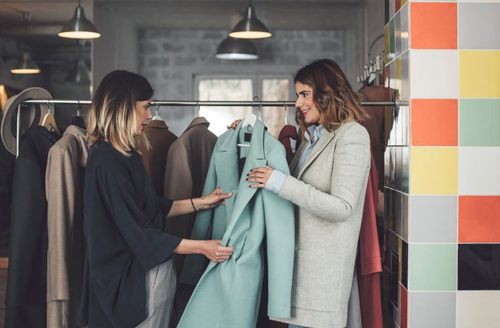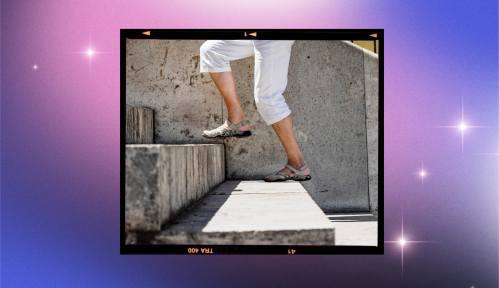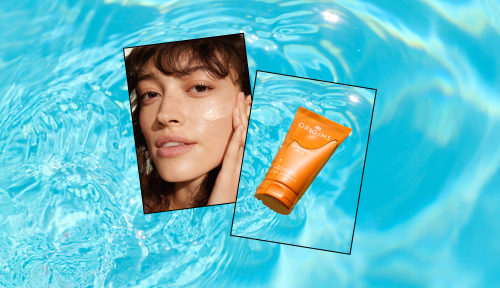Fashion…but make it accessible: The millennial mantra that’s reshaping an industry
Thanks to millennial shoppers who are increasingly conscientious with ther consumpiton and focused on quality, the accessible luxury fashion trend is taking off.

Between the extremes of fast fashion and high-end design, there’s a subtle, but massive, industry shift happening toward accessible luxury items. It’s largely thanks to the tastes and conscientious shopping habits of millennials.
But what is accessible luxury exactly? The definition is open to interpretation depending on your disposable income. But in general, it’s offerings that aren’t as lavish or expensive as those from traditional fashion houses such as Chloé and Gucci. Yet, they tend to include nicer materials and craftsmanship than what you’d find at the mall. Think buttery leather jackets and French-seamed denim. While the concept itself isn’t new (Kate Spade and Coach have become billion-dollar brands by selling $300 handbags in this space) the way it looks now is rapidly evolving.
Accessible luxury is about more than “stuff”
First things first: “accessible” luxury doesn’t mean that prices are cheap. For most American women, a $400 bag or a $500 dress is a prohibitively expensive price point. But for a growing number of consumers who value owning fewer, well-made products over lots of disposable, cheap items, the investment is worthwhile.
That’s partly because a flurry of young labels and cool-kid designers, like Rouje, Anine Bing, Sandro, and Ganni (really, the list is too extensive to include here), haven’t just created clothes and bags. They’ve created an aspirational, beautiful, nearly all-encompassing world that includes on-point social media feeds, in-the-know messaging, and fresh points of view. Crucially, they speak the language of women in their 20s and 30s, partly because so many of these brands are helmed by millennials.
“They paint an overall landscape of that picture-perfect life—or lifestyle,” says Alyssa Coscarelli, a fashion writer and style influencer in New York City. “Aside from making a pretty product, they create imagery that’s save-worthy on Instagram, stores that beg to be photographed, a brand name you dream of adding to your arsenal.” It’s an incredibly attractive universe, she adds.
Low-key luxurious
The level of quality and craftsmanship within accessible luxury is, unsurprisingly, better than what you’d find in fast fashion. However, the finishes and techniques often approach, if not meet, levels typically found among the most exclusive designer names. For instance, Cuyana and Everlane use Grade-A cashmere, and shoe brand M.Gemi makes its footwear in Italian factories that also produce for high-end brands.
Direct-to-consumer brand AYR (which stands for All Year Round) is among those aiming to put high-end touches and luxe details within reach. “Starting AYR, we very clearly saw a divide in the market between exceptional quality at unattainable price points or throwaway, high-trend fashion,” says Max Bonbrest, a co-founder. “From the beginning, we made the choice to align ourselves with truly premium partners from the mill to the production stage.” The brand’s $595 Italian camel-hair coat, for example, is made in a factory in Portugal that also manufactures garments for top-tier lines.
So what’s the difference between these two categories other than pricepoint? According to handbag designer Aimee Kestenberg, traditional luxury brands usually have high prices because of branding. Thanks to her apprenticeships, she learned that when it comes to ultra-spendy bags, unless the raw materials are expensive (e.g., real precious metals or exotic skins), you’re paying for prestige.
“From that point on, I just couldn’t justify breaking the bank knowing that three-fourths of what I was spending was for the name and not for the quality of the product,” she says. That knowledge inspired her to create a high-quality bag for her thesis, which ultimately became the $228 Tamitha backpack that launched her accessories company.
The new aspiration
In the past, people may have saved up for a $2,500 handbag. Today, though, they’re now happy to tote a less-expensive (but still quality) purse and earmark the rest of their money for the types of status symbols by which millennials measure their lives these days.
“People are feeling less connected to ‘things,'” says Kestenberg. “They are more connected to the idea of self-care, experiences, travel, and other non-tangible elements like having an amazing dinner with friends.”
It’s helping to put the mindfulness back into consumption—one attainable, well-crafted item at a time.
Something else that’s helping to slow down the fashion cycle is sustainable design. Here are the sneakers, handbags, and clothing brands that are ushering in a new generation of eco-friendly dressing.








